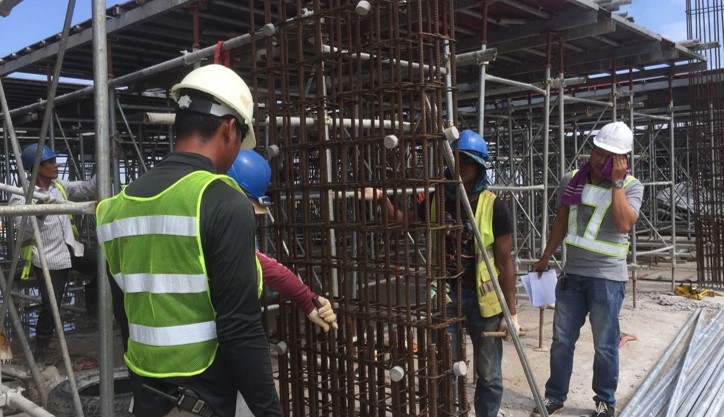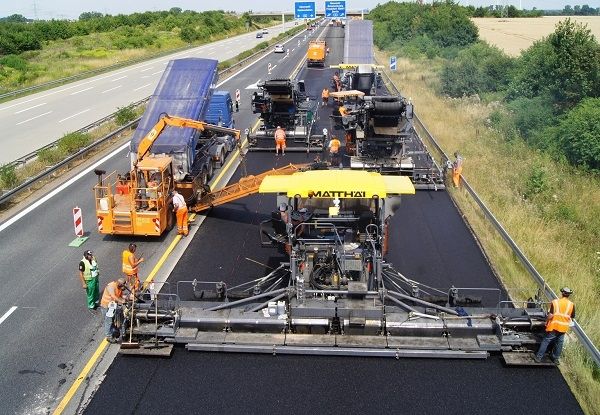

| Code | Date | Venue | Fees | Register |
|---|---|---|---|---|
| CE144-01 | 20-04-2025 | Dubai | USD 5450 | |
| CE144-02 | 26-05-2025 | Kuala-Lumpur | USD 5950 | |
| CE144-03 | 11-08-2025 | Istanbul | USD 5950 | |
| CE144-04 | 19-10-2025 | Dubai | USD 5450 |

Concrete is widely used in domestic, commercial, recreational, rural and educational construction. Communities around the world rely on concrete as a safe, strong and simple building material. It is u ...

Construction inspectors review the construction of drainage systems, homes, buildings and highways to ensure that all building, health and safety codes are followed. This program is for use in trainin ...

As a country develops and treads in the globalization era, it demands the use of more sophisticated technology to assist in its development process, particularly in the area of engineering. This cours ...

An innovative highway industry provides a major market for the use of 'waste’ resources, at the same time minimizing the need for 'natural’ resources. Selected waste streams and industrial by-products ...

Concrete is widely used in domestic, commercial, recreational, rural and educational construction. Communities around the world rely on concrete as a safe, strong and simple building material. It is u ...

Construction inspectors review the construction of drainage systems, homes, buildings and highways to ensure that all building, health and safety codes are followed. This program is for use in trainin ...

As a country develops and treads in the globalization era, it demands the use of more sophisticated technology to assist in its development process, particularly in the area of engineering. This cours ...

An innovative highway industry provides a major market for the use of 'waste’ resources, at the same time minimizing the need for 'natural’ resources. Selected waste streams and industrial by-products ...

Concrete is widely used in domestic, commercial, recreational, rural and educational construction. Communities around the world rely on concrete as a safe, strong and simple building material. It is u ...

Construction inspectors review the construction of drainage systems, homes, buildings and highways to ensure that all building, health and safety codes are followed. This program is for use in trainin ...

As a country develops and treads in the globalization era, it demands the use of more sophisticated technology to assist in its development process, particularly in the area of engineering. This cours ...

An innovative highway industry provides a major market for the use of 'waste’ resources, at the same time minimizing the need for 'natural’ resources. Selected waste streams and industrial by-products ...
Providing services with a high quality that are satisfying the requirements
Appling the specifications and legalizations to ensure the quality of service.
Best utilization of resources for continually improving the business activities.
BTS keen to selects highly technical instructors based on professional field experience
Since BTS was established, it considered a training partner for world class oil & gas institution
1st floor, Incubator Buildingو Masdar City, Abu Dhabi, UAE
Sun to Fri 09:00 AM to 06:00 PM
Contact Us anytime!
Request Info